Multimedia Journalist and Photographer James Buck Ventures to Ukraine and Reflects on Past Overseas Trips
Buck discusses the power of the image.
“I watched that one person, this donor, you know, very gracefully, give up his organs and die. And then I watched those give life to the next person,” James Buck said, holding back tears as he recounted his experience photographing a heart transplant surgery in Lviv, Ukraine.
Multimedia Journalist and Photographer James Buck recently returned from a week-long trip to Ukraine and Poland, where he traveled with an organization called Project Hope. Throughout the week, he spent time photographing the war and communicating with suffering individuals.
This wasn’t Buck’s first time traveling overseas for his work. As a student, his passion for journalism was continuing to grow, and he decided to fly into the middle of the Iraq War to cover it.
“I’ve always felt the drive to kind of go to the places where things are happening, when there’s an event, I just want to be there,” Buck said.
Buck is a transgender man who transitioned in 2007. During his trip to the Iraq War in 2003, he had not yet transitioned.“So I was presenting as female at the time,” he said. “I’m only mentioning that because it’s relevant to like, being a woman journalist and that kind of place, you know? I think I probably felt more comfortable than I should have to a certain extent.”
When Buck began doing photojournalism for Dartmouth in the early 2000s, social media was beginning to take off. This forced journalists to not only write, but photograph and manage social media amongst other tasks. This allowed Buck to have many skills in both writing and photography and videography, inspiring within him the power of the image.

“If I get shot, it doesn’t matter if I get the image that tells a story that someone needs to hear. My life is less important than the story, which is not what I would advocate for people to behave that way,” Buck said. “But there can be some of that energy that can help.”
According to Buck, images give stories that words can’t. He explained that as human beings, “we connect to other human beings’ faces really quickly and powerfully when we see them in an image.”
“We are able to look at a still image for as long as we want,” Buck said. “It’s like a portal through time and space to another place, another person’s life.”
Buck uses this power to propel his passion for capturing moments in time. But it doesn’t come without hardship.
In 2008, Buck traveled to Egypt as a graduate student at University of California-Berkeley to cover the sixth April Uprising, one of the first of what became the Arab Spring. Due to the rise of social media, left-wing democracy advocates were able to fight against the regime in a whole new way. Over several days, Buck was photographing events and following several controversial people around. He began to feel as though he was being watched, thinking he was being paranoid.
“The secret police picked me up on the second or third day, took my passport,” Buck said. “They boarded the taxis and told the taxi driver that I was a CIA spy, you know, like, all my civil rights went out the window. I was just taken to a prison off site.”
Buck turned to Twitter.
He said he may have never been heard from again if it weren’t for the social media app, which was fairly new at the time. He tweeted a single word, “Arrested.” It got picked up by CNN and other news outlets. Those news outlets kept a focus on him, allowing him to get out.
“I’m glad that happened,” he said. “Because it taught me. I got to experience the fear, at least somewhat, what a lot of these people that I’m photographing go through. And it taught me to be a lot more careful. I’m very careful not to disclose identities.”
The experience left him with severe PTSD. It took Buck several years before he began traveling overseas for work again. In 2017, he went to Jordan to work with Syrian refugees. There, he saw one of the biggest refugee camps just across the Syrian border. He saw people living in tents, describing it as a “desert wasteland.”
“It’s horrible, but yet people prevail,” Buck said. “It was then I started doing more humanitarian work.”
As he’s seen more people in refugee situations, Buck also spoke about perspectives he’s seen and heard about them: “[It] becomes this idea that all refugees want to come to our great western country and take all our resources. And they don’t. Leaving your home is a difficult decision and people don’t want to leave.”
Although Buck has experienced many natural disasters and hurt communities, he described his experiences in Ukraine and Poland as worse than any other disaster he had covered so far.

“I was working for Project Hope, a medical NGO [colleague] said to me, this one is so hard, it’s the hardest disaster recovered, because it’s man-made disaster,” Buck said. “It’s a war. You know, it’s different. When it’s a huge, you know, natural disaster, it somehow has a different feeling. This is a man-made disaster.”
Buck travels to photograph catastrophic events both for humanitarian organizations and journalistic publications.
“I was in Haiti this August after that earthquake,” Buck explained. “And that was such a terrible situation, because there was so little attention in the media.”
Feeling “furious,” Buck recounted that there were few aid workers and little journalistic coverage of the disaster. Haitians asked Buck how he was going to help him and what they should do, but he did not have the answers.
“I’m trying to take these photos so that other people will care,” he recounted what he tried to explain to the affected Haitians. “And they’ll come in and help you, but I can’t personally feed you, you know. But I wanted to, and I tried to, and it was just, it was one of the hardest experiences of my life. You know, in theory, I have the five or 10 dollars that could help someone for that day, but that’s not going to help them long term. I had to really focus on my mission, my mission was to draw attention to the situation so that other people could help.”
When Buck returned to Vermont from Haiti, Editor in Chief of Seven Days, Paula Routly, wrote an article titled “From the Publisher: View Finder,” where she summarized some of Buck’s experiences, as well as thanking him.
“He brings patience, vulnerability and an empathic eye to communities that might seem impenetrable to a photographer less experienced at documenting those in crisis,” Routly wrote.
The final words of the article were the following: “Thank you, James.”
The importance of showcasing international events to Americans, Buck explained, is that people’s opinions can change based on seeing an image.
“Tell me that, really, we would notice the difference if the headline said 10,000 Ukrainians evacuated or 100,000 Ukrainians, or one million or 10 million,” Buck said. “It doesn’t tell the story until we get out there and see and hear from and meet the people that this is happening to. I think that’s the point at which people begin to care and understand. And it’s not about politics anymore.”
Although known for his travels overseas to cover international stories, Buck also shoots photos as a multimedia journalist for the newspaper Seven Days. In 2020, he took many photos of the Black Lives Matter movement and protests taking place in Burlington. Buck received immense backlash from protestors, he assumed due to fear that photos of them would paint a target on their back.
“Typically people who are protesting something want to be covered, because they want their story to get out,” he said.
Buck then had to decide whether showing individuals’ faces was necessary for the stories Seven Days was publishing. He chose not to and decided that he could photograph protestors in a respectful way in which they were less likely to be identified. He became an advocate to his editors at Seven Days, trying to build relationships with protestors.
Despite Buck’s efforts, the protestors were still angry about the newspaper’s coverage.
“They went around to all the newsstands and stole the papers to effectively censor the story,” Buck said. “And then they had this big protest march where they burned all of them [with] my cover photo.”
Once the papers were burned, shredded, and discarded on the ground, leaders of the protest called on white men to pick up the trash. Buck complied.
“They accused me of so many things, and it’s difficult,” Buck said. “I tried to open my ears and listen, and ask myself, where could I make a change? Where might these things be true? And then, where I disagreed or couldn’t deal with that, I tried to just say, ‘well, what’s important public information right now?’”
Buck wrote an article called “Backstory: Fieriest Backlash,” in which he recounted his experience with Black Lives Matter protests in Burlington. During his time photographing the movement, he created a certain phrase that he repeated in his head.
He kept telling himself: “I am here for you. I am here for you. I am here for you,” he wrote in his reflective article. “Emphasis on the you.”
Buck also photographed the Sears Lane homeless encampment in Burlington alongside Seven Days reporter Courtney Lambdin. She shared her own account of working with Buck on that coverage in “Backstory: Story That Most Changed My Perspective.”
When she returned home, Lambdin wrote, she felt like she was on “another planet.” She felt that Buck, on the other hand, understood.
“As someone in recovery, he empathized with the people at Sears Lane and became engrossed with their stories,” Lambdin wrote.
Buck explained that the realm of fake news in today’s society is “super discouraging.” He’s even thought about changing careers completely.
In his mind, Buck sees journalism as the “biggest expression of love, of compassion, of genuine interest of genuine engagement in the world that you could possibly have.”
Because of that, Buck said, he had to stick with it.
“But in the end, this is the thing that I love,” Buck said. “And it’s the thing I care about, I’ll die with my camera in my hand, I just will.”


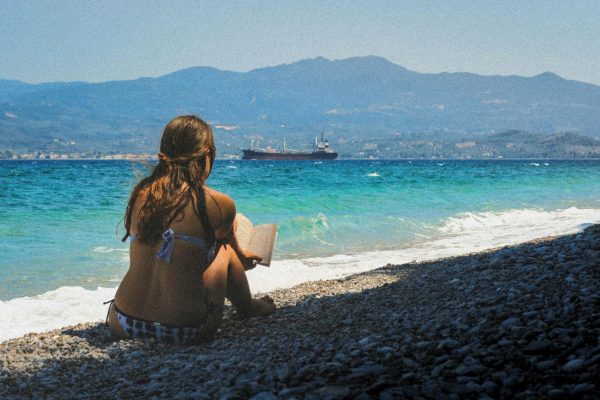
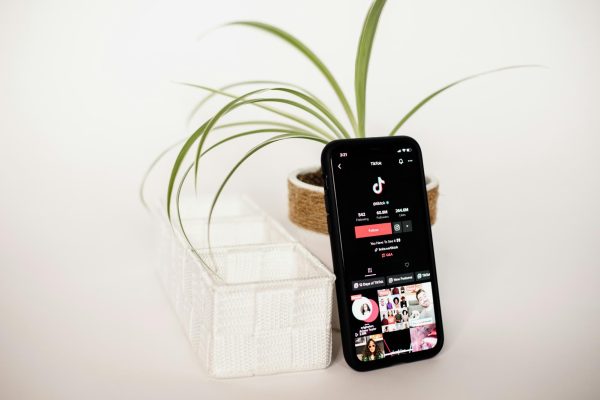
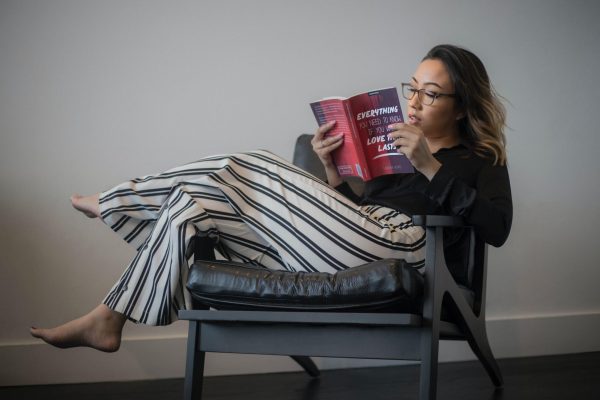
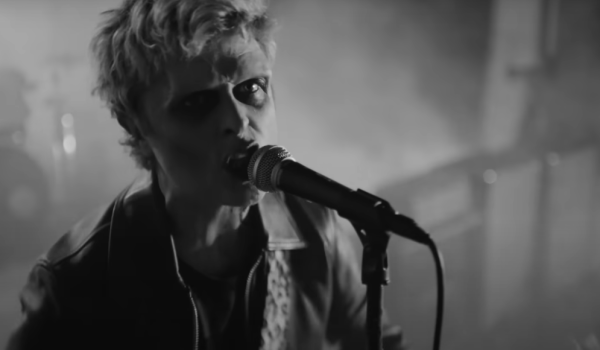
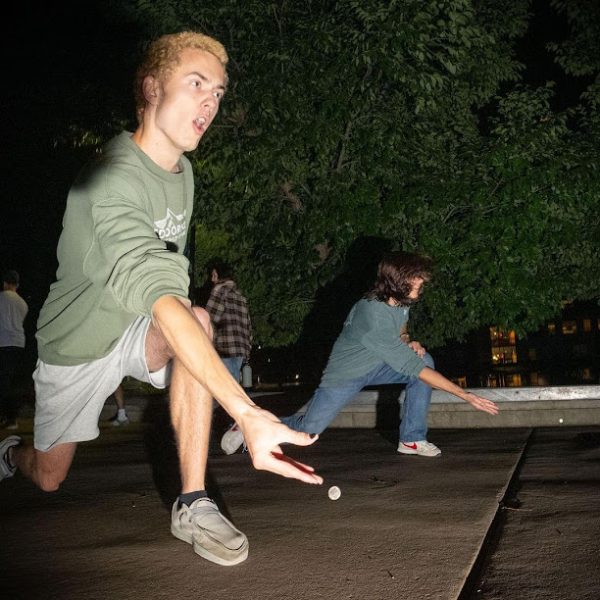
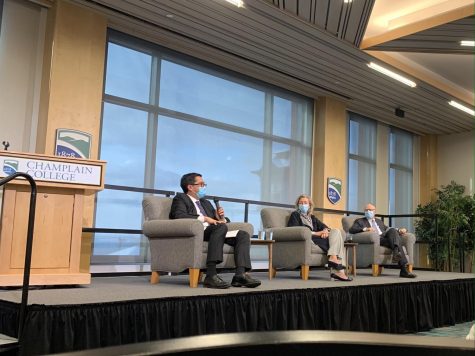

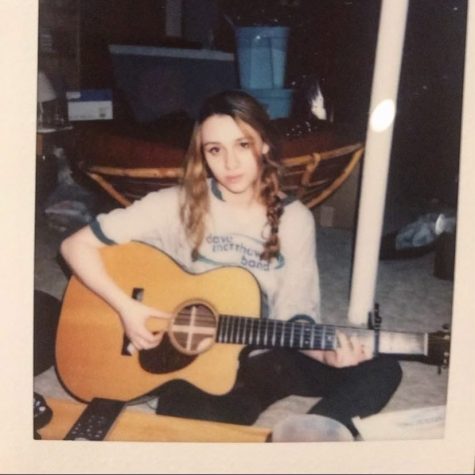
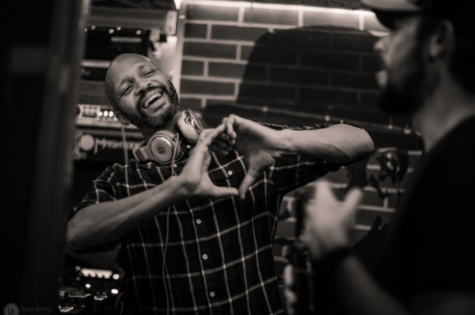
Peter A. Riegelman • May 2, 2022 at 5:46 PM
GREAT and inspiring long-form profile! Very well constructed and DEEP!